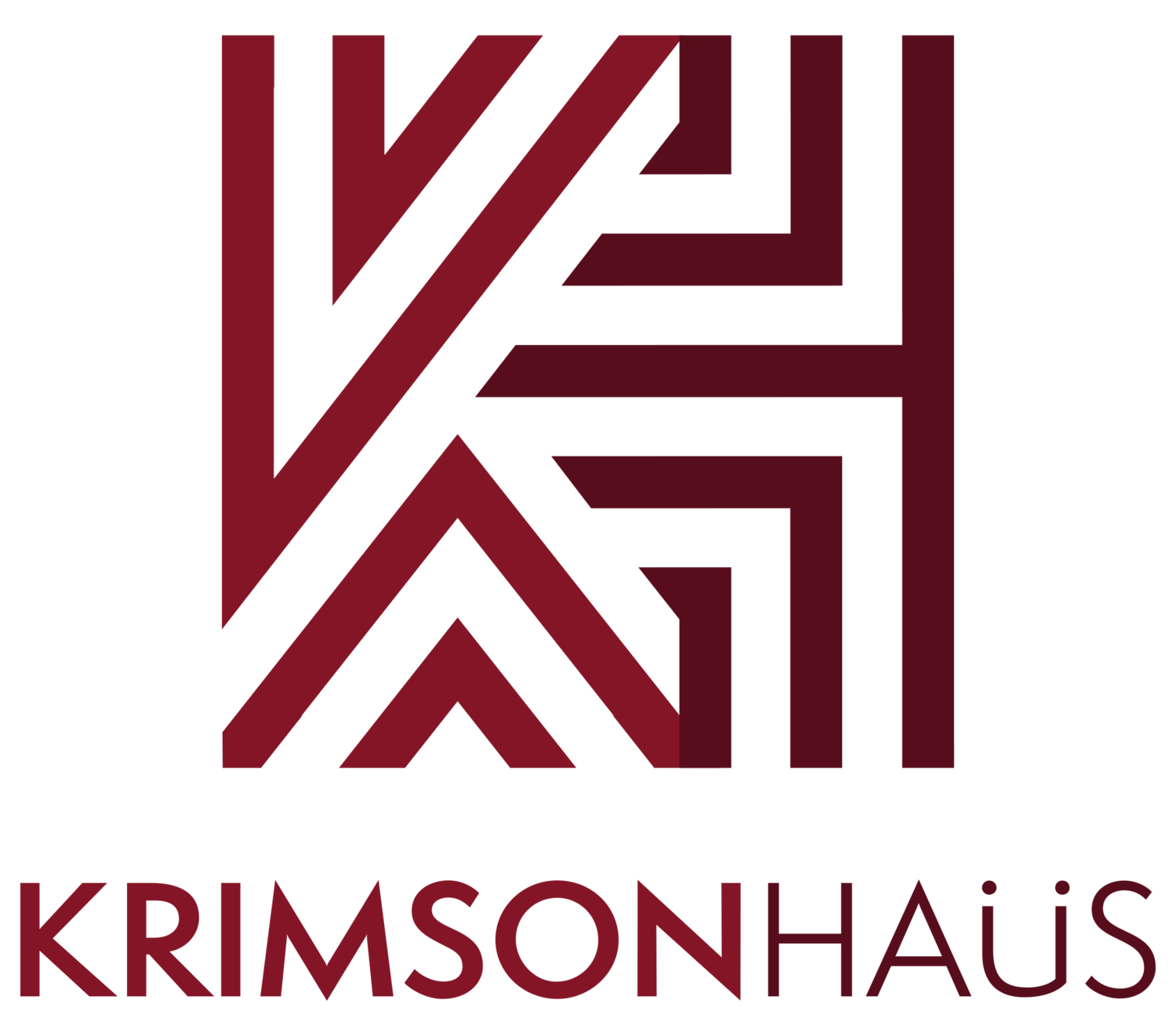Designing Hotel Lobbies That Improve Guest Experience
When you think about what makes a hotel stand out, it's often the first impression that's most memorable. A hotel's lobby plays a huge role in shaping that first impression and can set the tone for a guest's entire stay. The right design can leave visitors feeling welcomed and eager to explore more of what the hotel has to offer. For hotels in Long Beach, combining comfort with a nod to local culture can make all the difference in enhancing guest experiences.
Imagine walking into a hotel lobby that perfectly captures the essence of Long Beach. The décor might reflect the soothing colors of the ocean, with art that highlights local landmarks or famous beach scenes. This isn't just decoration; it's about creating a connection that resonates with guests, inviting them to start their Long Beach adventure the moment they step inside.
First Impressions Matter
First impressions can last a lifetime, and for hotels, the lobby is a stage where this impression is made. The moment guests walk through the doors, they're greeted by the ambiance that the hotel projects. This is where thoughtful design makes a big impact. For example, consider the lighting. It sets the mood and highlights the beauty of a space, whether through elegant chandeliers or well-placed lamps that create a cozy atmosphere.
Equally important is the layout of the lobby. It should be intuitive, guiding guests naturally toward the check-in desk without feeling cluttered or cramped. The arrangement of furniture should encourage relaxation and conversation, allowing for both private moments and social interactions.
Here's how you can make the lobby inviting:
- Lighting: Use a mix of natural and artificial lighting to create warmth.
- Decor: Choose pieces that reflect local culture and themes.
- Layout: Keep pathways clear for easy navigation and a spacious feel.
A welcoming lobby that considers these elements can transform a simple entrance into a memorable experience. It sets guests at ease, and when the lobby feels like a place to linger, it can even become a gathering spot, encouraging guests to mingle and share their experiences. Transforming this space into one that guests remember begins with understanding the qualities that matter most to visitors.
By focusing on these aspects, a hotel lobby can dramatically improve guest experience and thus, create an unforgettable stay from the very start.
Functional Design Features
Lobbies should excel in more than just looks; they need to function smoothly too. Imagine walking into a well-organized space where the check-in desk is visible and easily reached from the entrance. Proper furniture arrangement plays a huge role here, as seating should be plentiful and comfortable, inviting guests to relax while they wait for friends or check-in times.
Seating isn't the only thing that makes a lobby work well. Clear pathways that guide guests to key areas, like elevators, check-in areas, and restrooms, are necessary. These pathways should be uncluttered and wide enough to allow guests to move around without hassle. Good signage helps, assisting guests in finding their way without feeling lost.
For hotels in Long Beach, it’s a smart idea to integrate elements that reflect the laid-back, beachy vibe of the area. Think of incorporating small touches, such as beach-themed cushions or coastal wall art. These small design choices can leave a lasting impression and provide a sense of comfort.
Incorporating Local Culture and Style
Bringing in local culture can enrich the guest experience significantly. For Long Beach hotels, this means pulling in the vibrant coastal flavors of the area. You can include art pieces from local artists or decor that echoes the city's history and personality. By doing this, the lobby doesn't just become a waiting area; it turns into a cultural experience that tells guests they’ve truly arrived in Long Beach.
Let's paint a picture: a lobby adorned with photographs of the Long Beach coastline, or perhaps sculptures that mimic the gentle waves of the Pacific. These artistic touches make guests feel they are part of something bigger than just a hotel stay. This link to the locale can be a delightful surprise for visitors and a comforting reminder of home for returning guests.
Modern Amenities and Technology
We're living in an age where connectivity and convenience are expected. This means a lobby needs to offer more than just a pretty face. To enhance guest satisfaction, modern amenities like reliable Wi-Fi, charging stations, and self-check-in kiosks become essential. These tools make the guests' experience seamless and stress-free.
Integrating technology should feel natural, not forced. It's important to maintain the lobby's aesthetic while incorporating these features. Conceal charging stations within elegant tables or equip seating areas with built-in USB ports. By doing so, you ensure the technology is accessible while keeping the space uncluttered and visually appealing.
Create Warm, Welcoming Hotel Lobbies that Capture Local Charm
Every feature, from seating to decor, should work together to create a welcoming and functional atmosphere. The right balance lets guests relax, enjoy the space, and make the most of their visit. Encouraging a connection to the local area adds a layer of depth to the experience that guests will remember.
Ultimately, the lobby is more than a waypoint in the journey; it's the heart of a hotel. By focusing on warmth, functionality, and a touch of local charm, you can transform this space into a memorable part of anyone's visit. Incorporating thoughtful design principles ensures that guests leave with the desire to return, enriching both their experience and the hotel's reputation in Long Beach.
To truly create a welcoming hotel lobby that reflects the essence of Long Beach, consider collaborating with professionals who understand the importance of a well-designed space. Discover how our team of hospitality designers in Long Beach at KrimsonHAUS can help you craft inviting and functional lobbies that emphasize comfort, style, and local culture.
